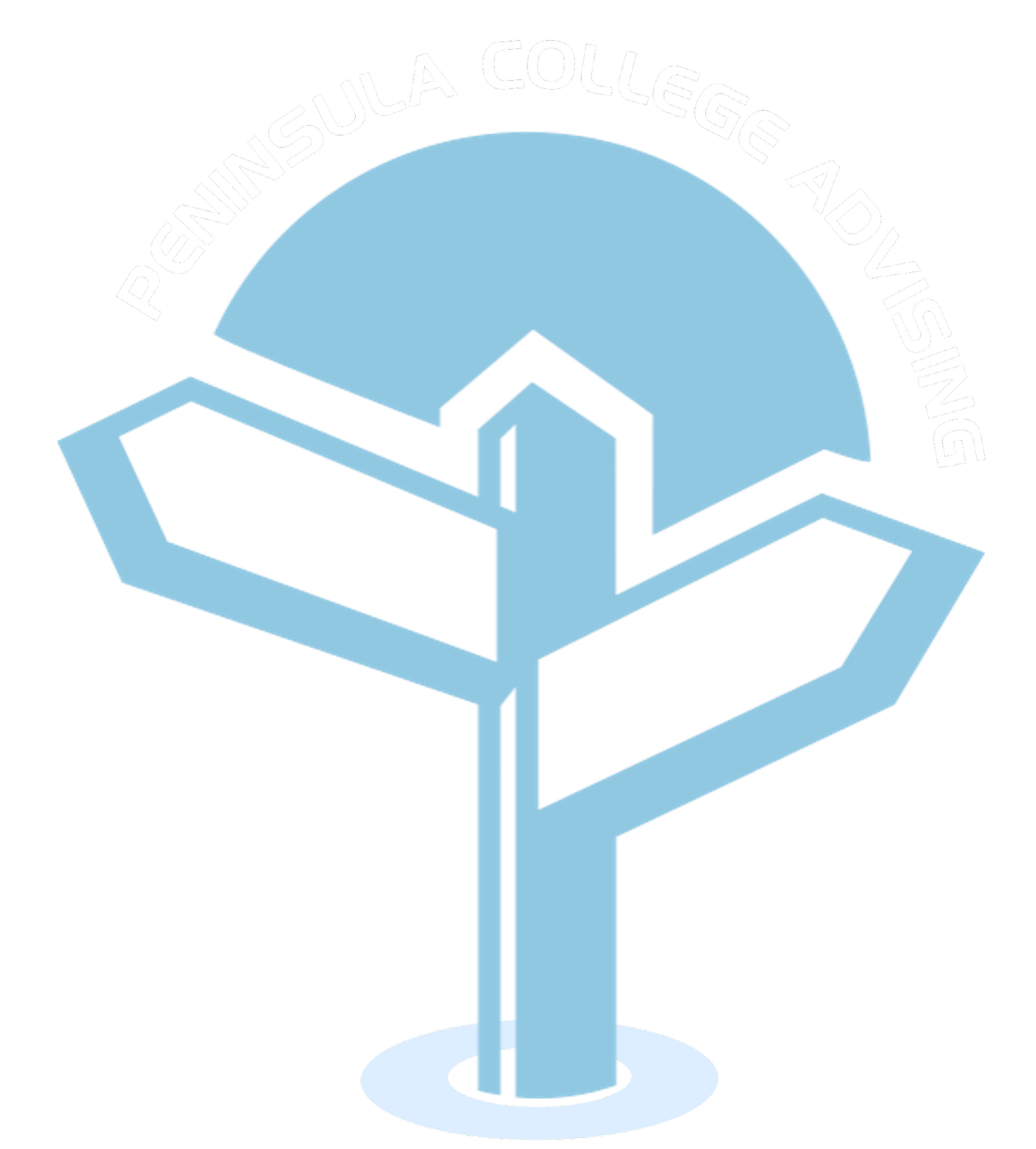UC Boulder: not just for “jocks”
I hadn’t expected my first impression of the University of Colorado’s Boulder campus to be of its distinctive architecture. I’ve only been to Boulder once, decades ago, and I falsely remembered it as a rather rundown “hippie” town. Instead I found a vibrant, outdoors-focused community surrounding the stunning pink sandstone buildings with clay tile roofs, known as the “Tuscan” style. The campus is large and spread out as my 90 minute campus walking tour and aching feet demonstrated.
Here is a basic overview of the university:
—30,000 undergraduate students, 6,000 graduate students
—56% of students are from Colorado
—27% students of color
—approximately 7,000 first year students matriculate annually
—5,000 academic and research faculty members
Academics:
Boulder offers 120 majors, and 60 minors through 8 colleges: Arts and Sciences, Engineering, Environmental Design, Business, Education, Music, Law, and Media Communication. It also hosts the Program in Exploratory Studies for students who enter the university undeclared.
40 majors also offer a 5 year BA/BS to MA/MS program, and the admissions officers stress that students are free to “customize” their education by choosing a combination of programs and majors/minors.
My campus tour guides were both rising juniors. Michael, from nearby Evergreen Colorado, studies Strategic Communications, which focuses on advertising, public relations and media design. He just returned from a 4 week education abroad program in France where he had the opportunity to visit Bordeaux and learn about the wine industry there. Aspen, a creative writing major with a dance minor, is from Los Angeles. Like Michael, she is a member of a Greek organization, though only 13-15% of students join sororities or fraternities. She tutors in the writing center, while Michael works on a student-run fashion magazine.
Competitive and highly ranked departments and majors include business (with a highly ranked entrepreneurship track), and engineering, especially aerospace. Students in the pre-major Exploratory Studies program can enter these majors by completing prerequisites and general education classes and earning the required level GPA.
Other majors and programs I found intriguing are Environmental Design (e.g., sustainable architecture), Atmospheric and Ocean Sciences, and a certificate program in Arctic Studies.
Overall, Boulder has a high admissions rate, so students who want to pursue STEM majors have a much better chance of acceptance than applying to a University of California campus.
Student Housing
First year students live in one of 24 Boulder residence halls, located in three different neighborhoods. Some residences are part of RAP—Residential Academic Program which groups together students in the same major and offers courses at the residence hall itself in addition to other events and opportunities. There is also an option for Living and Learning Communities focusing on students sharing similar interests or identities.
After the first year, virtually all students live off campus. According to my tour guides, rental housing is “plentiful” and nearby, but it can range from an affordable monthly payment of $800 to a steep $1800. Our guides acknowledged Boulder’s reputation as an expensive city but also stressed there are ways to economize with housing location and number of roommates.
Student Life
Boulder has over 500 student clubs and organizations from typical volunteer and leadership positions to quirky clubs like the Laser Tag and Pancakes Club. The high ceilinged Memorial Center contains a bowling alley along with student government offices, the campus bookstore, and a radio station.
Participating in outdoor activities and recreation is a big part of student life. The impressive Recreation Center boasts 3 pools, one outdoors; an extensive climbing wall, an ice rink and offers fitness classes for a small fee each semester. The Outdoor Pursuits Office rents outdoors equipment and will help students plan travel itineraries. Club and intramural sports are both popular.
The Boulder stadium seats 50,000 fans, and they appear as enthusiastic about the Boulder mascot, a live Bison named Ralphie who runs around the field at football games, as the D1 teams who play there.
All students have a bus pass good for both Boulder and the city of Denver. Students can also catch a shuttle to get around campus, and buses are available to travel to Denver and the Denver airport.
Cost
This is one of the downsides for UC Boulder in my view. Out of state tuition runs over $40,000 and housing costs are higher than the average for other out of state public schools. On the other hand Boulder does make a tuition guarantee—tuition is fixed for 4 years—and it offers both merit and competitive scholarships.
Overall, my impressions of Boulder are quite positive. The vibe is friendly, and relaxed and the school has excellent resources and infrastructure. For a large public institution, it offers many varied programs and opportunities. A student does need to be proactive to take advantage of these opportunities, however.
Before visiting I considered Boulder as somewhat of a “jock” school, and indeed, the outdoors and sports are both quite popular, but there is plenty of room for students with other interests. Boulder is not an “intellectual” school yet I am confident one can get a first class undergraduate education in this beautiful mountain location.
